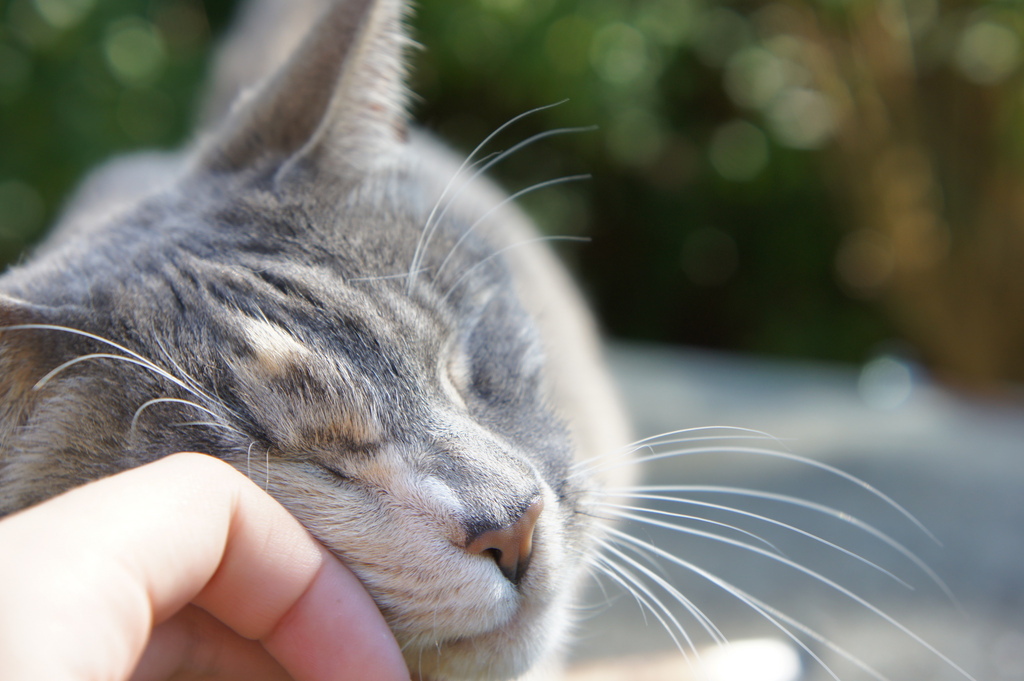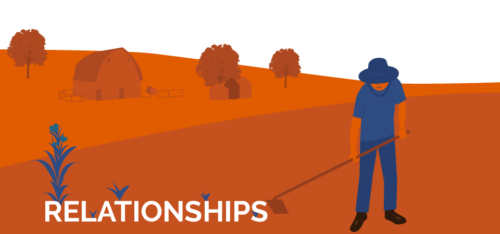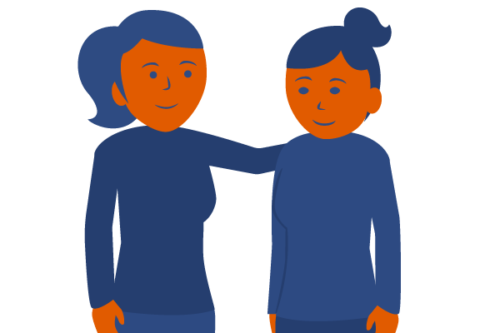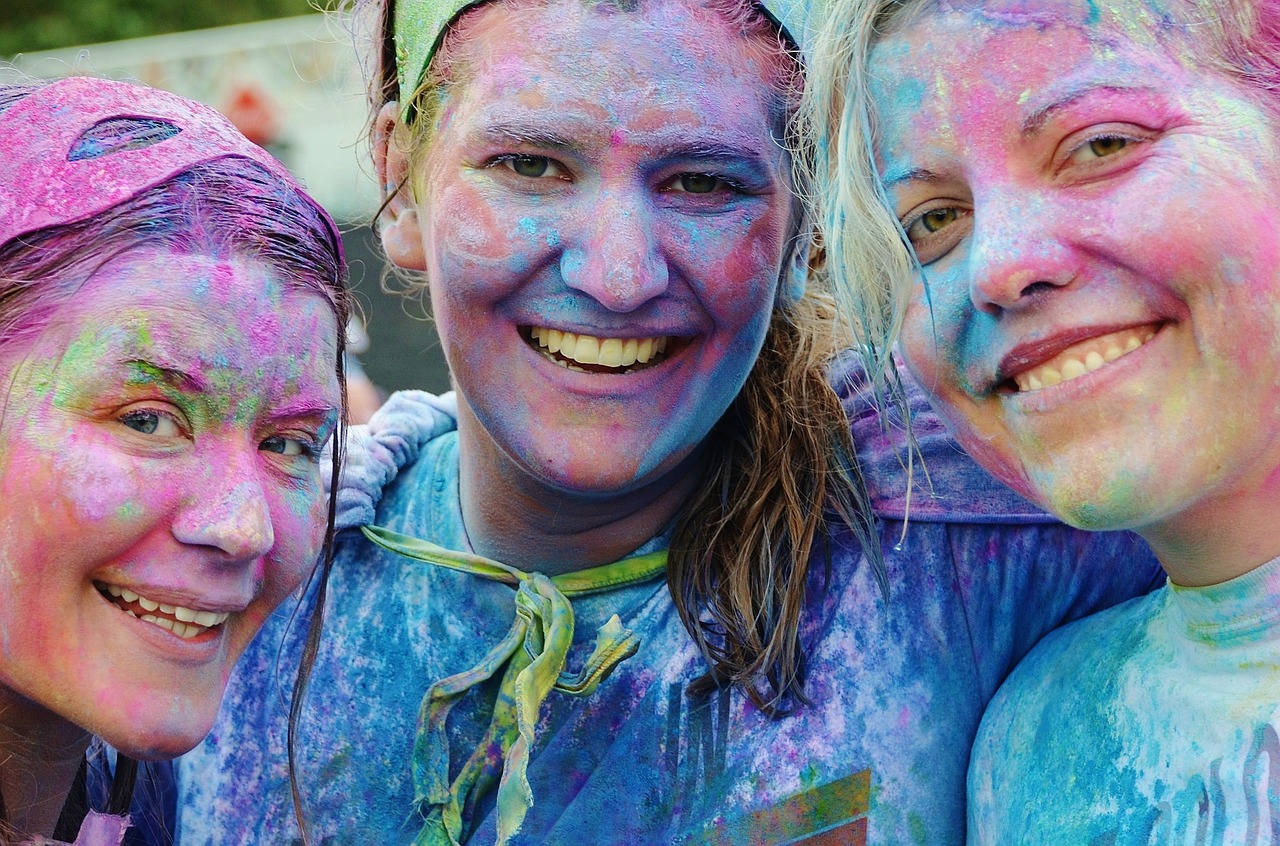Ever feel like you’ve lost time and productivity because you couldn’t keep your mind from wandering? I can’t believe that I’m writing this, but perhaps you are doing it wrong.
Done right, day dreaming is one of the most productive things we can do, but we need to be strategic about it. When we give ourselves downtime to let our brains switch into mind-wandering mode–at a time when it doesn’t cost us what we are working on, like while we are running errands or exercising or eating lunch–we reap all the benefits of daydreaming detailed below. And we ALSO allow our minds to focus more fully when that is what we need to do.
Think of daydreaming and mind wandering like sleep: your brain needs a certain amount of it to function fully. If you aren’t getting enough sleep, you risk falling asleep in meetings and at other inopportune times. (I’ve learned this lesson the hard way. Once, when I was in my 20s, I fell asleep at a fancy dinner party, at the table — super embarrassing. Another time I fell asleep standing up on a train and was caught by a handsome stranger, which wasn’t so bad in the end, he later became a good friend.)
At any rate, daydreaming is similar: if you don’t get enough of it, your brain will do it at inopportune times. But when you let your mind wander strategically — for example, while you are waiting in line, instead of checking your email — you free up time for your brain to really focus on your most important work when you need it to.
Here’s the takeaway: Left to its own devices, our minds will wander about half the time. But strategic slacking can help us tame that mind-wandering mode, allowing us to focus when we need to. This means that one hour of focused work is worth two hours of normal-daydreaming-included-work, when you bring only 53% of your thinking to the task. Ever wondered what it really means to work smarter rather than harder? How, exactly, to accomplish more in less time? THIS IS HOW, people.
So even though daydreaming, mind-wandering, and slacking-off seem like the last productivity strategies you would ever want to employ, they are KEY TO FINDING FLOW. Daydreaming at work can be tough, though. Take a look:
And Another Thing:
Less obvious is the fact that constantly keeping yourself busy— or constantly checking your phone or social media feeds— is a numbing behavior. It makes it so that you can’t really feel the uncomfortable emotions that arise when you’re not doing anything “productive.” And here’s the thing about that: you can’t selectively numb your emotions. So if you numb guilt or boredom or anxiety, you’ll also numb excitement, or just straight-up happiness.
We only experience big joy and real gratitude and the dozens of other positive emotions that make our lives worth living by actually being in touch with our emotions—by giving ourselves space to actually feel what it is we are feeling. In an effort to avoid the uncomfortable feelings that “slacking-off” can produce (such as the panicky feeling that we aren’t getting anything done), we also numb ourselves to the good feelings in our lives. And research suggests that actually being present for what we’re feeling and experiencing in the moment—good or bad—is better for our happiness in the end.
So a major benefit of daydreaming is that it allows unprocessed emotions to come to the surface to be felt; we’ll dig into this more in Unit 6: FEEL. For now, know that if you want to be happy in life, it’s important to stop numbing your emotions all the time.
This post is from a series about “strategic slacking” from the “Science of Finding Flow,” an online course I created as a companion to my book The Sweet Spot: How to Accomplish More by Doing Less. Want to go on to the next class or start the course from the beginning? It’s free! Just go to The Science of Finding Flow course page. Enjoy!












